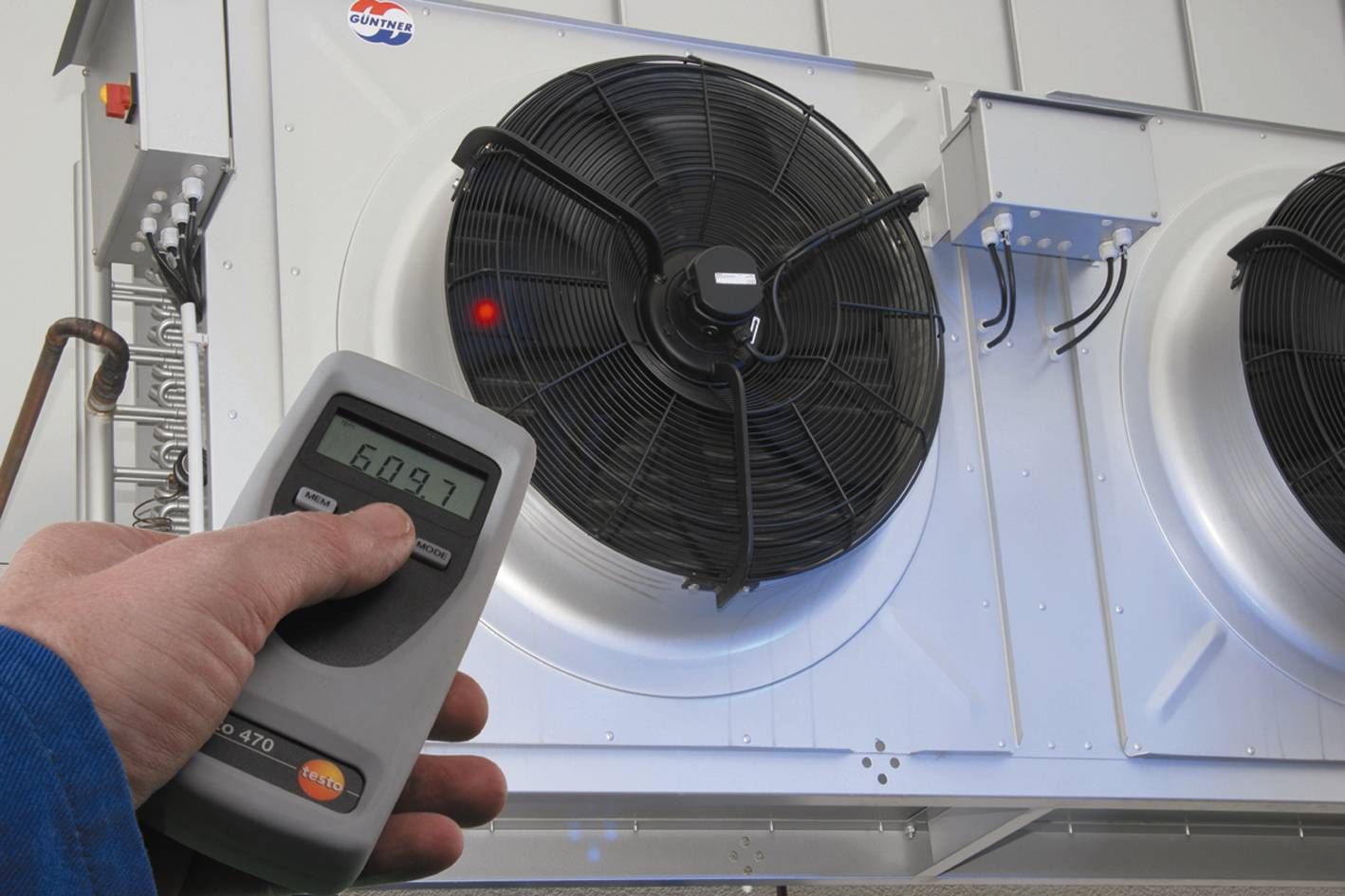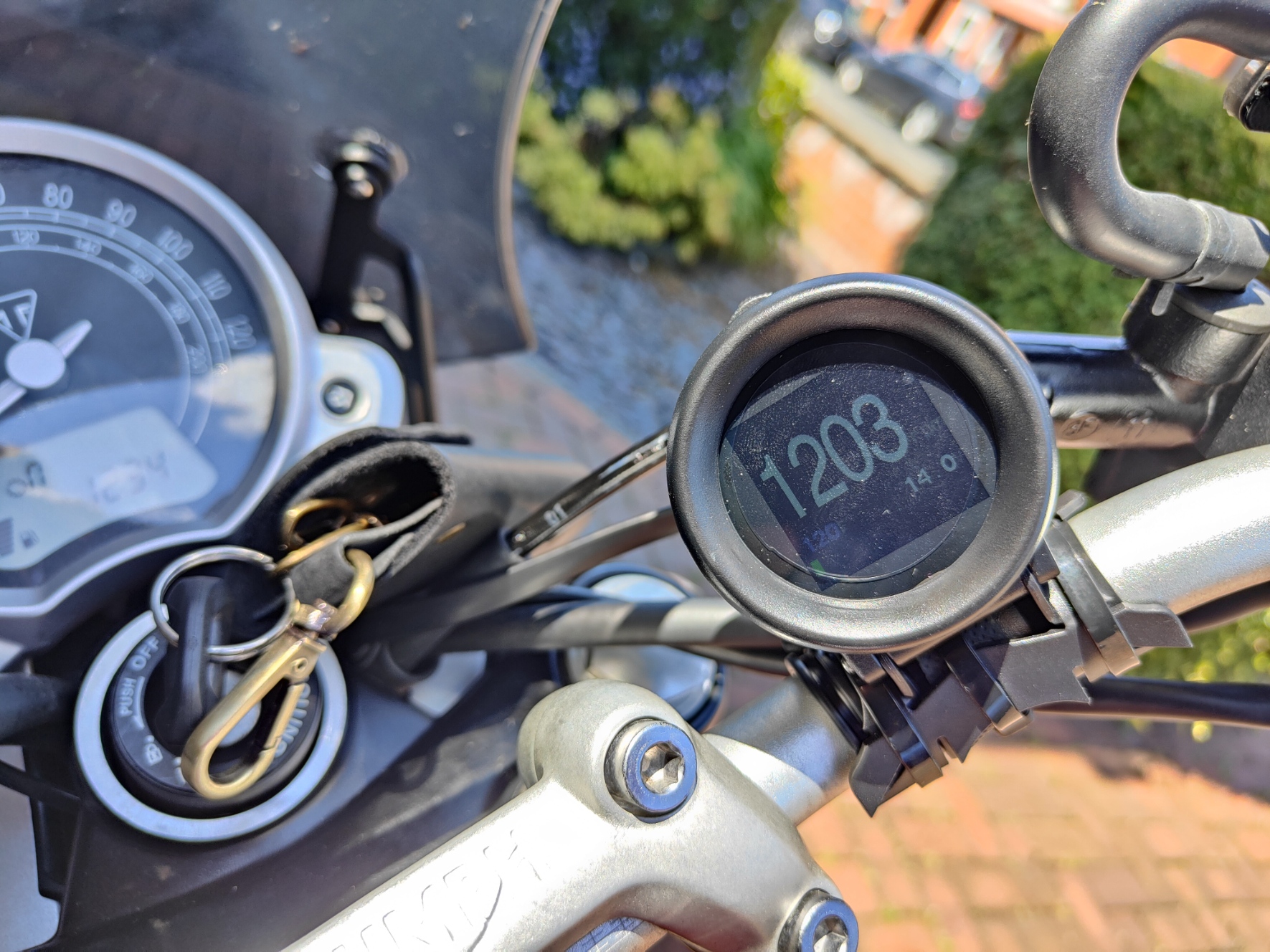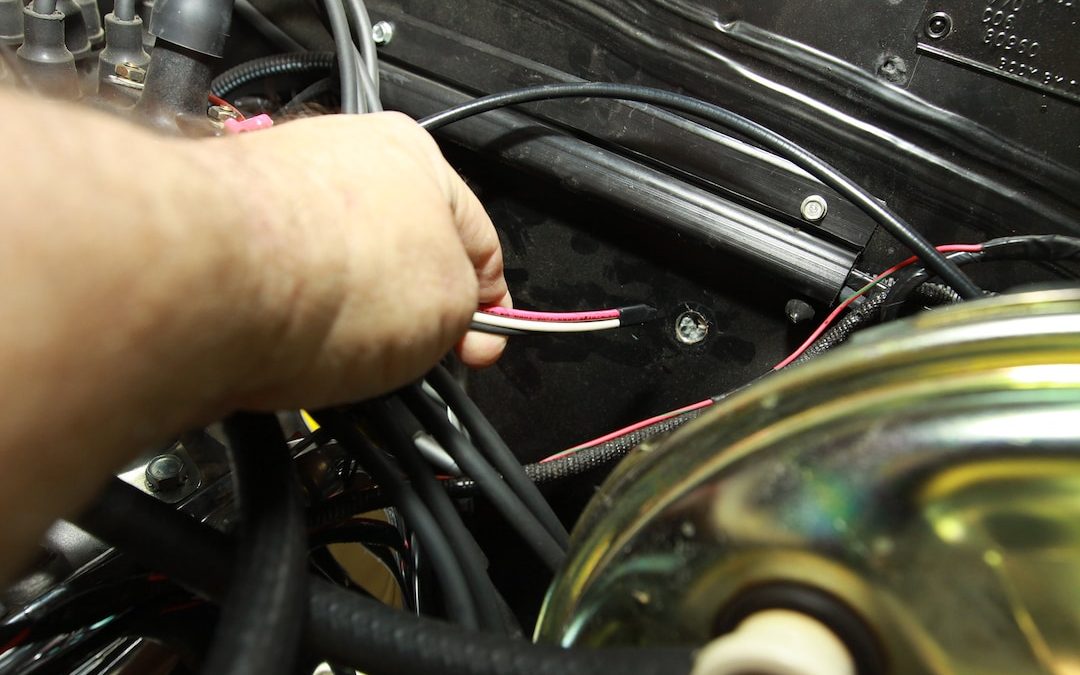Surveying is a crucial aspect of various fields such as construction, land development, and mapping. One vital instrument used in surveying is the tachometer. In this article, we will discuss what is tachometer in surveying and how it plays a critical role in accurate measurements.
A tachometer, also known as a tacheometer, is a type of theodolite used for rapid measurements of distance, elevation, and angles. It’s a piece of advanced technology integrated with optical and electronic systems to measure various parameters effectively.

History of Tachometers
The concept of the tachometer dates back to ancient Greece, where the principle of measuring speed and time was initially conceived. Over the centuries, the instrument has undergone significant advancements, evolving from mechanical devices to sophisticated electronic instruments.
Components of a Tachometer
Optical System
The optical system in a tachometer includes lenses and mirrors that help focus and direct light to the measurement scale.
Measurement Scale
The measurement scale is marked with gradations to ascertain the angles or distances.
Electronic Display
Modern tachometers come equipped with electronic displays, which present the measurement readings in a digital format.
How to Use a Tachometer in Surveying
Using a tachometer in surveying involves several steps:
- Setting up the tachometer on a stable platform.
- Focusing the optical system on the measurement point.
- Recording the readings displayed on the electronic scale.
- Calculating the distance and angles using the recorded readings.
Advantages of Using a Tachometer in Surveying
Accuracy
The primary advantage of using a tachometer in surveying is the high level of accuracy it provides in measuring distances, angles, and elevations.
Speed
Tachometers significantly reduce the time involved in surveying processes due to their rapid measurement capabilities.
Versatility
Modern tachometers are versatile instruments that can be used in various surveying tasks, including topographic surveys and construction project layouts.
Real-world Applications of Tachometers in Surveying
Tachometers are widely used in several real-world applications:
Land Development
In land development, tachometers help in creating accurate maps and layouts for construction projects.
Construction
During construction projects, tachometers are used for setting out the layout and ensuring the structures are built to the specified dimensions.
Mapping
In mapping tasks, tachometers aid in capturing the precise topographic details of the terrain.
Challenges and Limitations
While tachometers offer several benefits, they also have some challenges and limitations:
Initial Cost
The initial cost of purchasing and setting up a modern tachometer can be high.
Skill Requirement
Operating a tachometer requires a certain level of expertise and training.
Future of Tachometers in Surveying
The future of tachometers in surveying looks promising with ongoing technological advancements. The integration of GPS and other digital technologies is expected to enhance the accuracy and efficiency of these instruments.

FAQs
What is a tachometer used for in surveying?
A tachometer in surveying is used for measuring distances, angles, and elevations accurately and rapidly.
How does a tachometer work?
A tachometer works by focusing on a measurement point using an optical system and then recording the readings displayed on the electronic scale.
What are the advantages of using a tachometer?
The advantages of using a tachometer include high accuracy, speed, and versatility in various surveying tasks.
For more information on tachometers, you can visit this link.
